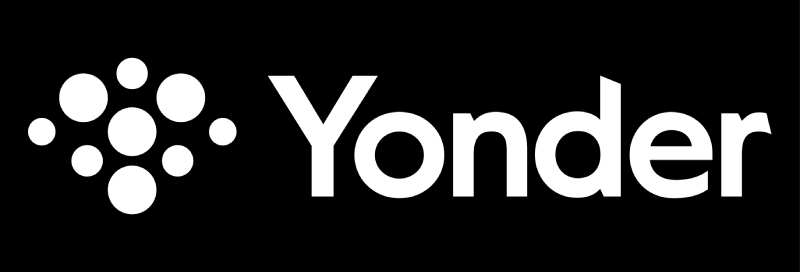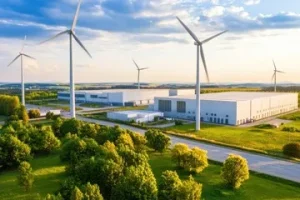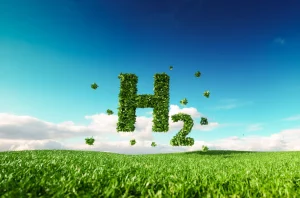Designing Reliable Green Hydrogen Projects: The Role of Thyristor Rectifiers
As the global energy transition accelerates, green hydrogen projects have moved from vision to reality. Around the world — and especially in countries like India — renewable power is now being transformed into clean hydrogen to decarbonize industries, transport, and power systems.
But designing a reliable green hydrogen plant isn’t just about choosing electrolysers and installing solar panels. It requires deep engineering — particularly in power electronics that convert variable renewable energy into stable, usable power. Among these, the thyristor rectifier plays a critical but often overlooked role. Without it, the promise of large-scale, cost-effective green hydrogen production would be hard to achieve.
In this blog, we explore why thyristor rectifiers matter, how they work, and why every successful green hydrogen project should take them seriously.
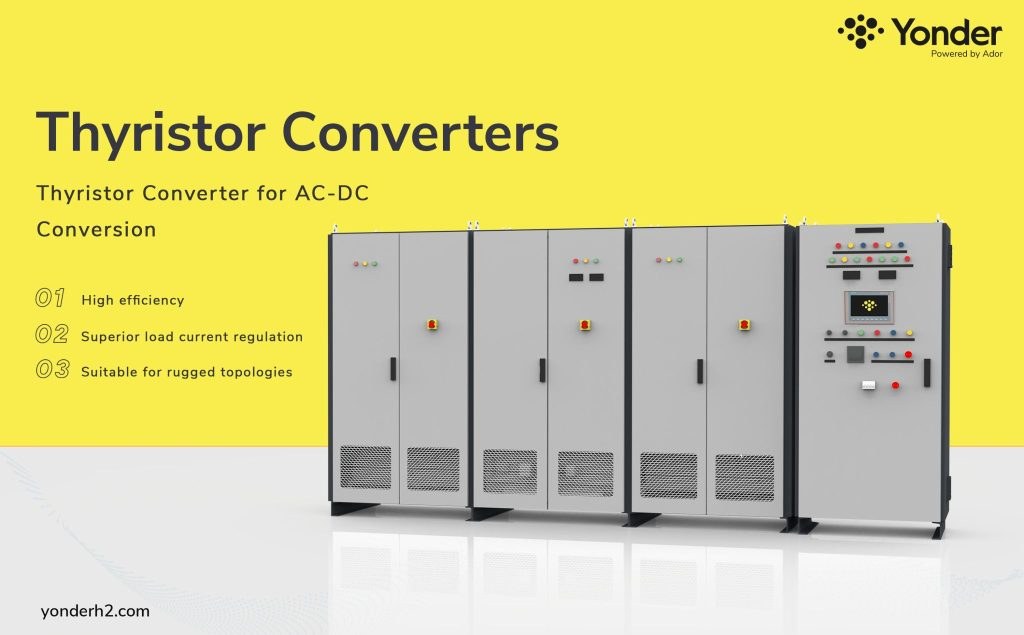
What Is a Thyristor Rectifier?
A thyristor rectifier is a type of controlled AC-DC rectifier that uses thyristors — semiconductor devices that can be switched on and off electronically. In green hydrogen plants, thyristor rectifiers convert alternating current (AC) — typically from the grid or renewable energy sources — into the direct current (DC) required by hydrogen electrolysers.
Beyond conversion, thyristor rectifiers offer active control over voltage and current, help smooth out fluctuations, and protect electrolysers from power quality issues. Their robustness and scalability make them ideal for industrial-scale green hydrogen projects, especially in regions with variable renewable energy supply.
The Challenge: Variability of Renewable Energy in Green Hydrogen Projects
Renewable energy in India and globally is plentiful, but naturally inconsistent. Solar farms produce only during daylight and are affected by weather. Wind generation can vary by season or even minute to minute.
Hydrogen electrolysers, whether PEM or alkaline, require stable DC power to split water efficiently. Unstable power leads to lower efficiency, higher wear, and reduced hydrogen purity — all of which impact plant economics.
Thyristor rectifiers help overcome this challenge by actively shaping and stabilizing DC output, even when the input AC supply varies.
How Thyristor Rectifiers Support Reliable Green Hydrogen Projects
Converting Renewable AC Power into Stable DC
Every green hydrogen project starts with renewable energy, typically produced in AC. Electrolysers can’t run on AC; they need DC power that’s steady and controlled.
A thyristor rectifier performs this conversion, turning variable AC power into DC suitable for electrolysis. Unlike basic diode rectifiers, thyristor rectifiers actively regulate the output, ensuring the electrolysers receive power within precise voltage and current limits.
This precision is essential for large-scale projects where power swings can damage equipment or disrupt production.
Managing Power Fluctuations for Consistency
Renewable energy — especially wind and solar — often fluctuates due to weather and demand. Thyristor rectifiers respond by dynamically adjusting their firing angle, effectively controlling the DC output to match the electrolyser’s needs.
This capability keeps production steady, improving hydrogen output quality and protecting equipment. For green hydrogen production intended for industrial or export markets, where reliability is non-negotiable, this makes a big difference.
Protecting High-Value Hydrogen Electrolysers
Electrolysers are the heart of any green hydrogen project and among its most expensive components. Voltage spikes, harmonics, and other power quality issues can damage electrolyser stacks or reduce their lifespan.
Thyristor rectifiers filter out these issues, deliver smoother DC power, and act as a buffer against sudden grid events. This protection extends equipment life and lowers maintenance costs — improving overall project economics.
Enabling Scalability and Flexibility
India’s green hydrogen industry is evolving quickly, with projects ranging from demonstration plants to planned gigawatt-scale facilities.
Thyristor rectifiers are well suited for this growth because they can handle high power levels (from a few megawatts to hundreds) and be configured modularly. As a result, they support plant designs that can start small and expand as demand increases or as more renewable capacity becomes available.
This scalability is vital for a green hydrogen company in India competing in dynamic markets.
Improving Efficiency and Lowering Costs
Every percent of efficiency gained during power conversion translates to lower hydrogen production costs. Thyristor rectifiers are highly efficient under high load conditions and can be designed to match the specific characteristics of the renewable energy supply.
By reducing energy losses during conversion and ensuring optimal electrolyser operation, they directly contribute to making green hydrogen production more cost-competitive.
Why This Matters: Beyond Equipment
Power electronics like thyristor rectifiers might seem like small details compared to big headlines about electrolysers or solar farms. But in reality, they bridge the gap between renewable energy variability and the strict, stable power needs of hydrogen electrolysers.
When green hydrogen projects overlook these details, they risk higher operational costs, equipment failures, and inconsistent hydrogen output — all of which can derail project economics and investor confidence.
By investing in high-quality, properly engineered rectifier systems, developers ensure plants are not only technically feasible but commercially sustainable.
Final Thought
The global race to scale green hydrogen production isn’t just about building bigger plants. It’s about building smarter ones — where every component, from electrolysers to power electronics, is selected and integrated to maximize reliability, efficiency, and long-term value.
Thyristor rectifiers may work quietly behind the scenes, but they are a vital enabler that makes modern green hydrogen projects possible — especially in markets like India, where renewable power can be variable and grid conditions challenging.
At YonderH2, we know that designing a successful green hydrogen project means going beyond the obvious. We design and integrate end-to-end systems where thyristor rectifiers play a key role in:
- Smoothing renewable energy fluctuations
- Protecting high-value electrolysers
- Improving energy efficiency
- Enabling scalable plant design
As a green hydrogen company in India, we focus on engineering plants that are built for local conditions yet ready to serve global markets. From selecting the right rectifiers and electrolysers to optimizing plant layout and digital monitoring, we help clients move from concept to reliable, efficient operation.
Ready to make your green hydrogen project more reliable and cost-effective? Contact YonderH2 today to learn how advanced thyristor rectifiers and smart system design can help power your success.
